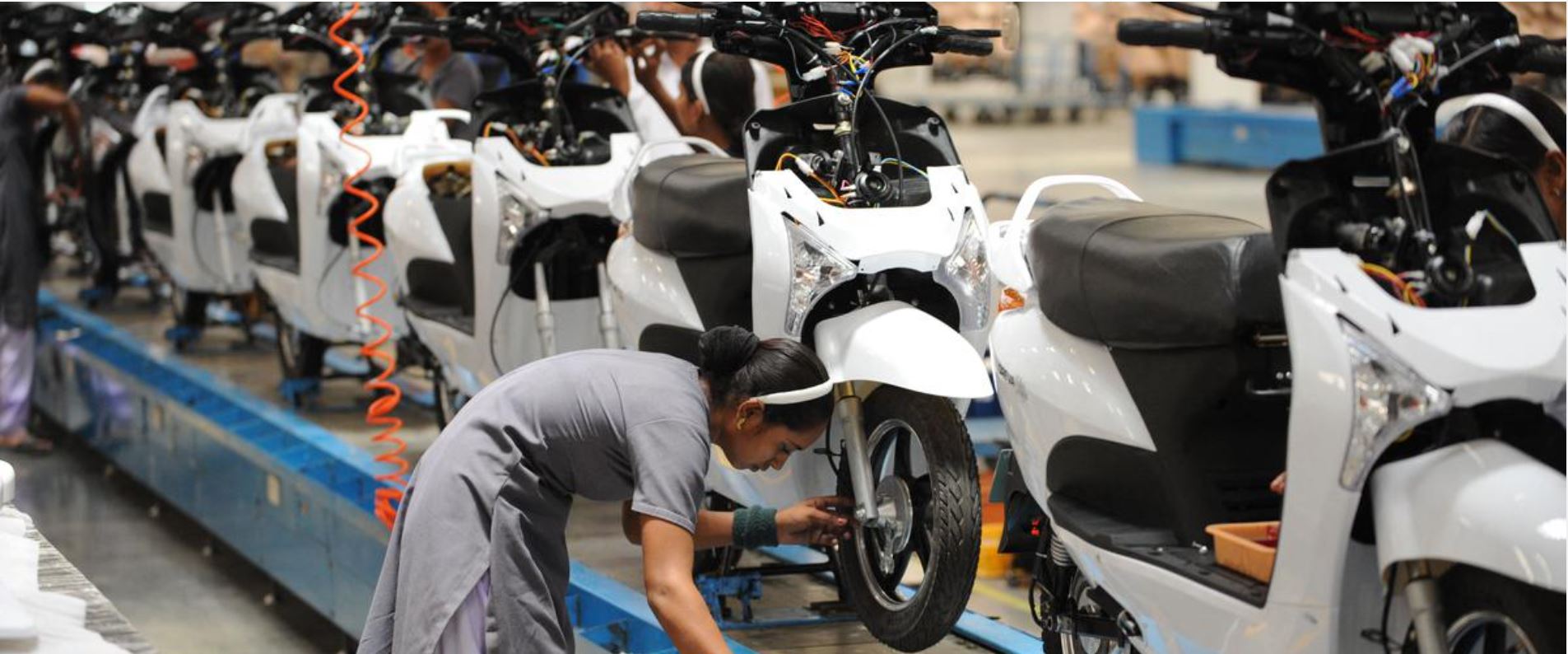The first quarter of the current fiscal year has turned out to be a boon for Indian EV markets. India has reported a cumulative EV sale of 2,22,208 units across four segments, i.e., cars, two and three-wheelers and commercial vehicles. This sale is ~610% higher if compared with the Q1 of FY 2021-22. While total sales for the last 15 months across all the segments amounted to 6,84,396 units.

EVs Sale: Q1 FY 2022-23 Vs Q1 FY 2021-22
Going by the Q1 sales of the current fiscal year, it seems that sales this year are all set to beat the previous year by a huge margin. Sales data also shows that the current fiscal’s Q1 sales are almost 50% of FY 2021-22 total sales. According to the experts, by the end of quarter two of the current budgetary year, total sales are all set to match, or even cross, last fiscal’s sales.
Two and Three Wheelers Segment Leads the Sale
Two and three-wheeler divisions totalled almost 94 percent of sales in Q1. Both of these divisions have shown a growth of 13 and 18 percent respectively over the previous quarter. Ola electric and Okinawa Autotech are the two-wheeler’ market leaders, with almost 40 percent of Q1 sales to their credit. Following then are Ampere Vehicles, Hero Energy and Ather Energy. Owing to their low cost of ownership, the three-wheelers segment has also seen a rise in sales, 71644 units, in the first quarter. These three-wheelers are primarily used for ferrying passengers and delivering goods. The preferred use of EVs by the e-commerce industry has also contributed to this rise in sales. A good future in terms of demand of these EVs can be ascertained by the fact that more than 30 players are making these EVs in India.

Q1 FY 2022-23 EV Sales
Four-Wheeler Passenger EVs
Four wheeler’s category reported a sale of 10371 units. This category has shown a lower growth rate than two and three-wheelers. However, the demand only witnessed an upward trend in the last five quarters. The low pace of growth in this division could be because of their high cost of ownership.

Q1 FY 2022-23 EV Car Sales
With their three EVs- Nexon, Tiago and Tigor – Tata Motors emerges as the leading player in this division with their share of more than 80% of the total units sold. Following it are the players like MG Motor India, BYD India, Hyundai, M&M and other luxury makers. Interestingly, in this quarter, Chinese BYD’s Indian arm has beaten Hyundai Motors and has managed to replace them for the third position. However, BYD leads Hyundai by a narrow margin of only nine units.
In the state-wise analysis Uttar Pradesh (UP) clearly emerges out on top with more than 16% of EVs to its kitty. UP is followed by Maharashtra and Karnataka with a share of 12.6 and 10.6% respectively. The chart below depicts the State-wise analysis of the EVs sold. Q1 data of the current fiscal year points to very encouraging numbers by the end of this fiscal. Currently, EVs are less than 1% of the total vehicle market in India. However, this share is only expected to rise in upcoming years. For example, in the last fiscal year, i.e. 2021-22, private electric vehicles were 0.7% of the market, while in 2020-21, they were only at 0.2%.

Q1 State-Wise Sales
There are still some challenges that the industry is facing. Firstly, they must regain consumers’ trust that they had lost because of recent firing incidents in both the two-wheelers and four-wheelers. Because of these incidents, May’s and June’s two-wheeler sales have declined compared to those of April in the first quarter (FY 2022-23). The government has also taken cognizance of these incidents and directed the involved EV players to halt new launches until the investigations are over. Secondly, EV players must develop a state-of-the-art manufacturing process with improved R&D. Apart from that, inadequate charging infrastructure and high EV prices pose extra challenges to the EV industry.



Leave A Comment